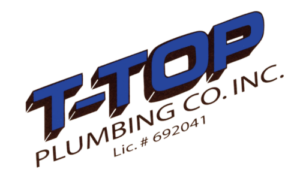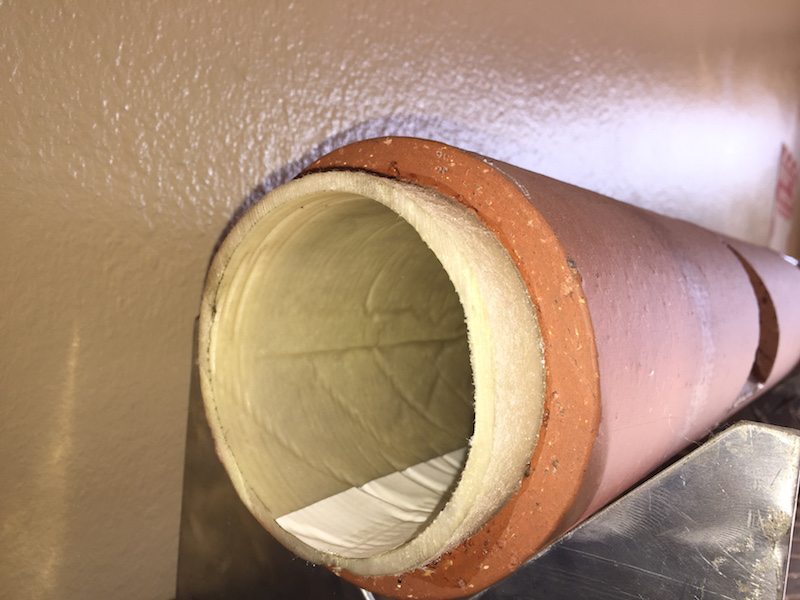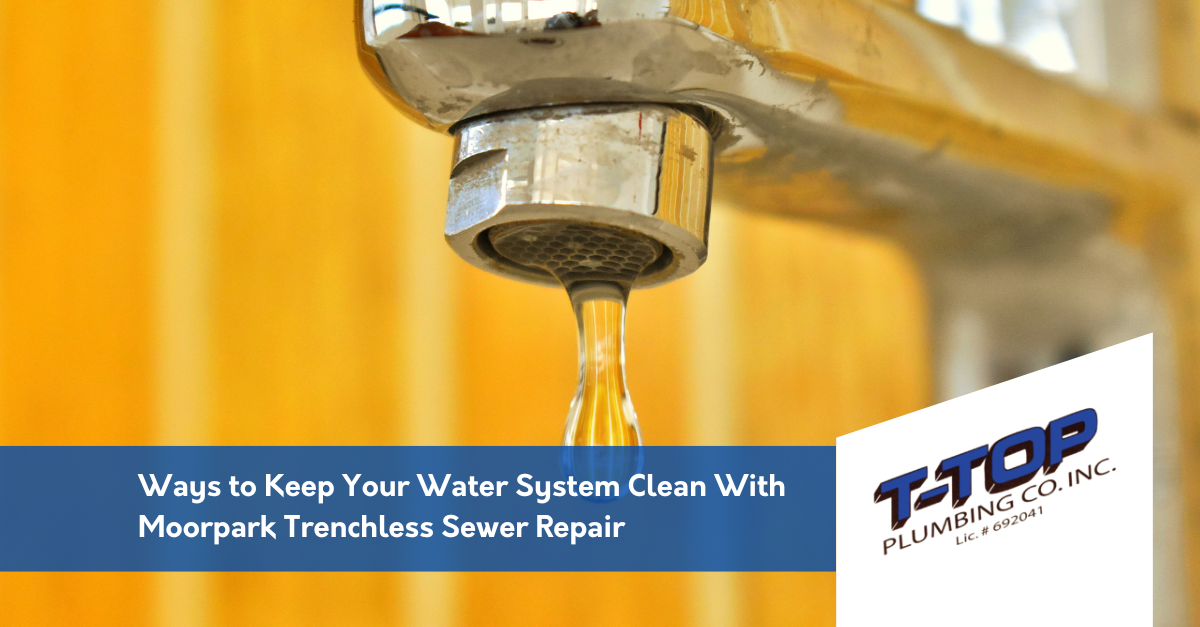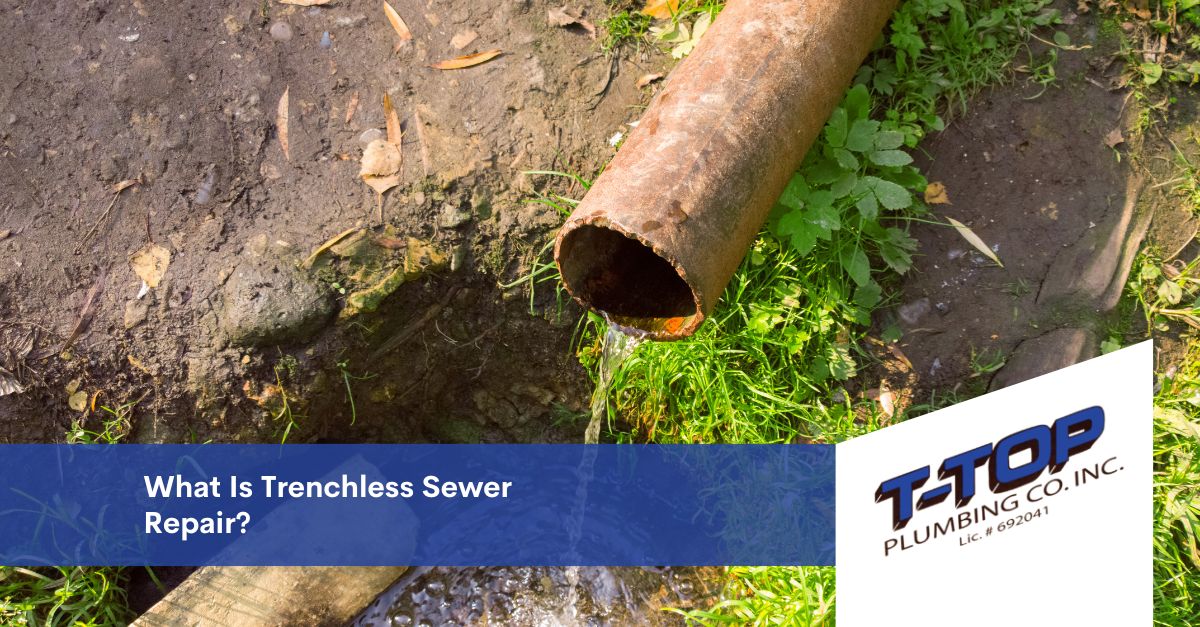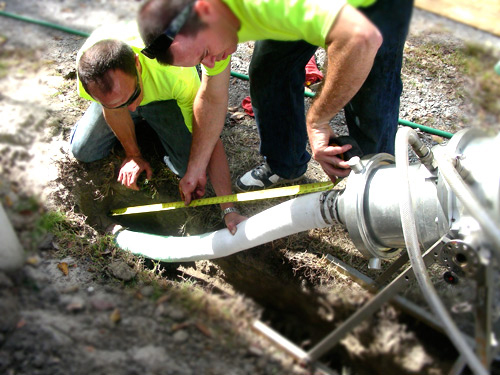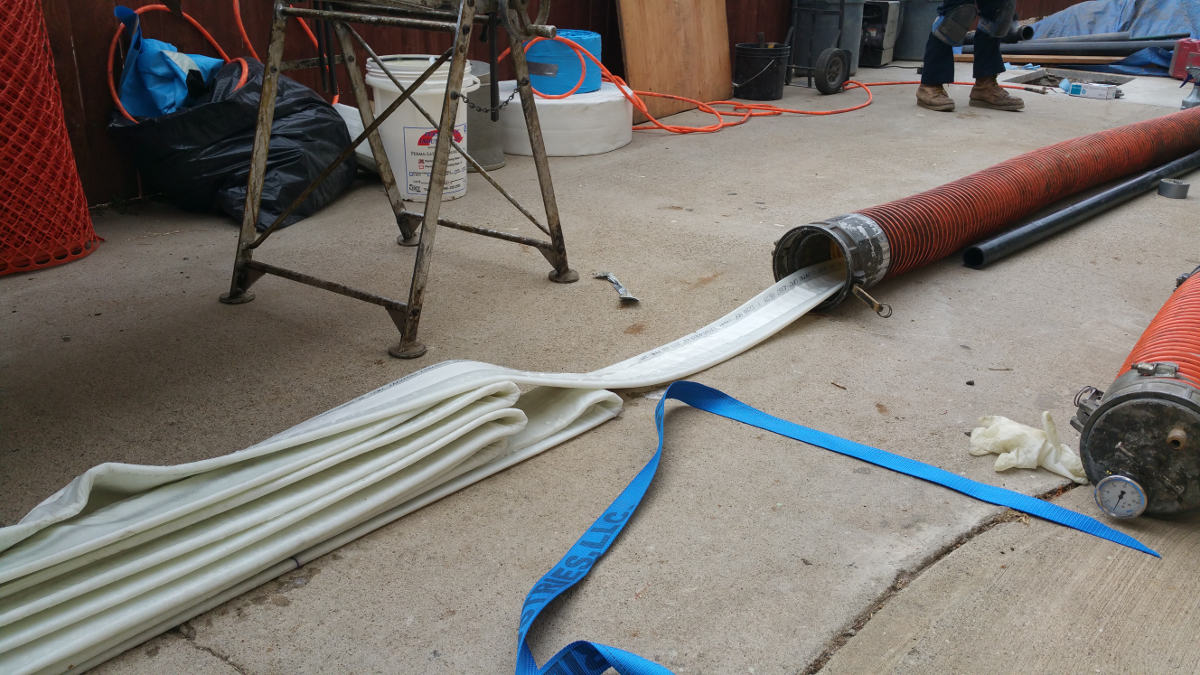CIPP lining is both practical and versatile. It is most often used to repair and service sewer line pipelines responsible for removing and leading wastewater away from a home or business to a public sewer system. Sewer drain pipes are generally cast iron. It’s very common for them to develop large holes, leaks, and ruptures. They are also vulnerable to clogs and obstructions from waste dissolving into the pipe. Pipeline corrosion and erosion can also cause serious issues. Let’s take a look at a few of these effective uses for CIPP lining.
Cured-in-Place Pipe Lining for Corrosion & Dissolved Pipeline Material
Pipeline corrosion is second to only fire as the most serious threat and greatest potential monetary loss to residential, commercial, and industrial properties. According to the National Association of Corrosion Engineers, over $1.1 trillion is spent yearly on replacing corroded pipelines. Industrial waste lines are especially vulnerable due to the highly caustic and acidic materials flowing through them.
CIPP lining has enabled property owners to repair or replace corroded pipelines with corrosion-resistant new piping.
Cured-in-Place Pipe Lining for Leaks, Cracks & Holes
CIPP lining is a safe and proven way to rehabilitate a leaking or cracked sewer pipe. During installation, the lining’s material is literally turned inside out. What this means is the resins can make full contact with the existing pipe. The full-length liner is then inflated. This pressure compresses the liner against the pipe being repaired.
This creates a 100% watertight seal. A filler for any crack, hole, or split within the faulty pipe. After it cures for roughly three hours, the resins harden to essentially create a pipe within a pipe that’s durable and corrosion or erosion-resistant for up to 50 to 100 years.
Cured-in-Place Pipe Lining for Tree-Root Penetration
Tree root infiltration is responsible for nearly half of all sewer blockages and backups. Older pipes already compromised by cracks or holes are particularly vulnerable.
To handle tree roots with CIPP lining, a hydro-jetter is used to blast out any roots already within the sewer pipe. Once the existing pipe’s interior is cleared out, a pipe liner is installed at the point of root infiltration. This seals that section off to stop the roots from finding their way back in. Since CIPP is seamless with no joints, the roots have no way of burrowing through. This makes cured-in-place lining CIPP a permanent solution to tree root infiltration.
INTERESTED IN TRENCHLESS CIPP LINING IN LOS ANGELES?
T-Top Plumbing, Inc. specializes in trenchless CIPP lining to rehabilitate any faulty sewer line. This highly versatile tool is effective for any kind of pipeline material – from cast iron to pipes made of galvanized steel. Even better, this process is more affordable than traditional methods involving excavation and heavy digging. In addition to being budget-friendly, it is also environmentally friendly and a quicker, longer-lasting repair. Call us today at (805) 527-8867 or complete our online form to learn more about our trenchless cured-in-pipe lining in Los Angeles. We work with both homeowners as well as commercial and industrial property owners.
